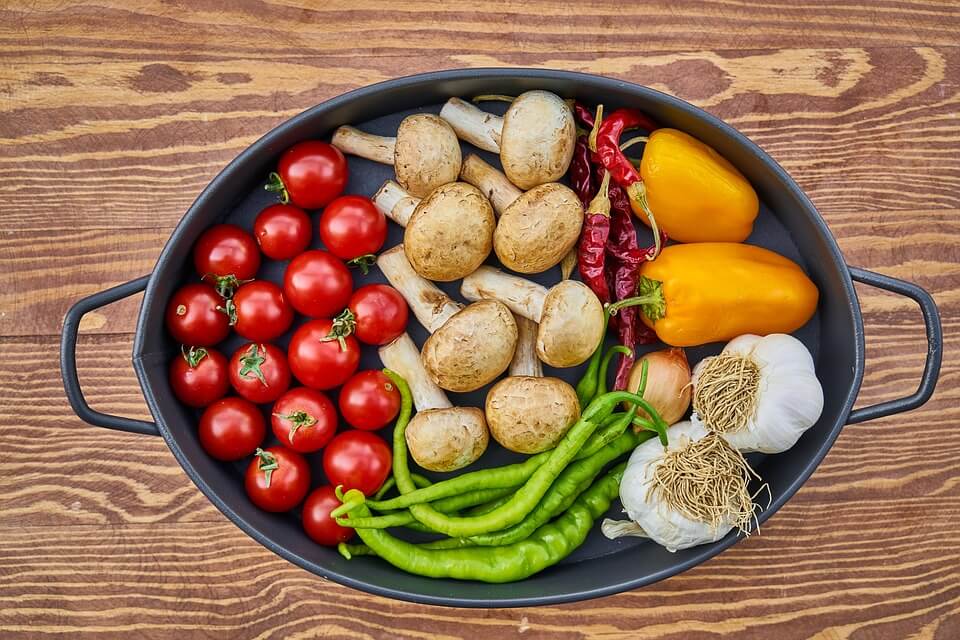The Art and Science of Food Pairing: Unleashing Culinary Creativity

Food pairing, a culinary symphony where flavors harmonize and tantalize the taste buds, has been a treasured practice for centuries. From classic combinations to unexpected fusions that surprise the palate, the science of food pairing offers an exciting journey through taste and aroma.
In this article, we’ll delve into the world of food pairing, exploring its fascinating intricacies and unveiling the secrets to creating perfect flavor combinations that elevate your dining experience.
Understanding the Essence of Food Pairing
Food pairing, at its core, is the art of combining different ingredients and dishes to create a delightful sensory experience. It’s not just about putting together any two items; it’s about finding the magical synergy between them. This synergy enhances the overall dining experience, making it more enjoyable and memorable.
The Role of Flavor Profiles
To master the science of food pairing, one must understand the concept of flavor profiles. Every ingredient, whether it’s a fruit, herb, or protein, has a unique set of flavor compounds. These compounds can be categorized into various taste elements, such as sweet, sour, salty, bitter, and umami. When pairing foods, it’s essential to consider the balance and contrast of these flavor profiles.
For instance, pairing a sweet and tangy barbecue sauce with smoky grilled chicken creates a harmonious blend of sweet and savory notes that complement each other. The sweetness balances the smokiness, resulting in a mouthwatering dish that hits all the right taste receptors.
Complementary Pairing: Finding the Perfect Match
One of the most effective techniques in food pairing is complementary pairing. This involves matching ingredients that have contrasting flavor profiles. The idea here is that opposites attract, creating a dynamic and exciting taste experience.
Consider this example: the creamy richness of avocado is beautifully complemented by the zesty brightness of lime juice. The fatty, buttery nature of avocado finds balance in the acidic and tart qualities of lime. Together, they create a harmonious duo that’s often found in guacamole, a beloved dip.
Contrasting Pairing: Creating Bold Flavors
On the flip side, contrasting pairing involves combining ingredients with similar flavor compounds. This approach enhances the dominant flavors, creating a bold and intense taste sensation.
Think about it: pairing a decadent, dark chocolate dessert with a robust juice. Both chocolate and mango share bitter notes, and when brought together, they intensify the bitter taste in a delightful way, creating an unforgettable dessert experience.
The Art of Experimentation
One of the joys of food pairing is the opportunity to experiment and unleash your culinary creativity. There are no strict rules, only guidelines to help you on your flavorful journey. Don’t be afraid to think outside the recipe book and try unexpected combinations.
Playing with Textures
Texture is another dimension of food pairing that often gets overlooked. Mixing crunchy and creamy, or soft and crispy, can add an exciting element to your dishes. For instance, a crispy bacon-wrapped shrimp served with a velvety garlic aioli offers a delightful textural interplay.
The Influence of Aromatics
Aromatics, such as herbs and spices, play a significant role in food pairing. They can elevate a simple dish to extraordinary heights. Experiment with fragrant herbs like basil, mint, or cilantro to discover how they can enhance the overall aroma and flavor of your creations.
The Power of Personal Preference
While science provides valuable insights into food pairing, personal preference remains a crucial factor. Taste is subjective, and what delights one palate may not satisfy another. Don’t hesitate to tailor your pairings to your own preferences and those of your guests. After all, the most enjoyable dining experiences are the ones that bring pleasure to the table.
Conclusion
In the world of culinary exploration, food pairing stands as a testament to the art and science of creating perfect flavor combinations. Whether you’re a seasoned chef or an enthusiastic home cook, understanding the principles of flavor profiles, complementary and contrasting pairings, and the role of aromatics and textures can elevate your gastronomic creations to new heights.
Remember, there are no rigid rules in food pairing—just endless possibilities waiting to be discovered. So, embark on this flavorful journey, experiment boldly, and let your taste buds be your guide in crafting unforgettable dining experiences.











